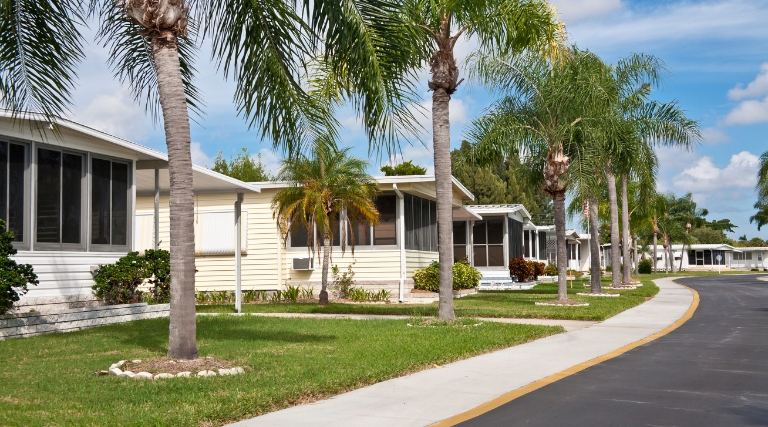They said owning property was out of reach. Millennials responded, “Fine! let’s reach differently.”
What Is Fractional Real Estate Investing?
Imagine you want a slice of the property pie, but the whole thing’s too costly for your wallet. So instead of buying the entire thing, you share it with others, like splitting the bill on a fancy dinner. That’s fractional real estate investing in a nutshell.
Rather than owning an entire property, you own a fraction of it, perhaps 1/10th, 1/20th, or even 1/100th, depending on the platform and the asset. The costs, the profits, even the headaches; those are shared too. You get all the benefits of a landlord without needing a massive deposit.
Digital platforms like BrickX and DomaCom in Australia are at the forefront, offering entry points as low as $250. No, that’s not a typo. Your next weekend party may cost more than your first step into property investment.
Why Are Millennials Driving the Fractional Investment Trend?

Picture this: you are 28, living in Melbourne, paying $650 a week in rent, juggling a side hustle and student debt. Buying a house? That feels like asking for a yacht on a barista’s wage. But what if you could own 5% of a two-bedroom flat in Sydney’s Inner West and still afford your regular lifestyle?
That’s exactly why millennials are leaning into fractional investing. It’s not just about affordability. It’s about rethinking what ownership even means.
And Deepak Mandy, a property expert, entrepreneur, and voice of reason in a noisy market, puts it best: “They’re not avoiding real estate. They’re reimagining it.”
The Advantages of Fractional Ownership
1. Lower Barrier, Bigger Opportunity
With some platforms, you can start investing for less than a night at the casino. But unlike roulette, this is backed by bricks, mortar, and data – a perfect example of low-cost property investment.
2. Spread the Risk
You wouldn’t put all your eggs in one basket, so why do that with property? Fractional ownership lets you diversify like a seasoned investor.
3. Earn While You Sleep
Rental income? Still yours. Your slice of the pie earns just like the whole thing would. The best part? No late-night calls about burst pipes.
4. Get a Taste of Premium Property
You might not buy a luxury apartment on your own, but with others? You just might own a piece of one.
5. Build Your Own Portfolio
Inner-city apartments, regional homes, holiday homes – you get to choose your vibe and your risk level.
Platforms like Assetora simplify it even further, offering curated property portfolios that match your goals, not just your postcode – opening the door to long-term property investment and smarter wealth building.
How Fractional Real Estate Investment Platforms Work

Think of these platforms as your digital property brokers. Here’s how it typically works:
- Experts hand-pick promising properties.
- You browse and choose your favourites.
- Buy a share or a few.
- The platform manages the nitty-gritty.
- You receive income and track performance.
Some real estate investment platforms even branch into other asset classes. But when it comes to property, their mission is simple: make premium real estate accessible, slice by slice.
The Risks of Fractional Ownership You Should Consider

Now, before you pour your savings into slices of property, let’s talk downsides. Every investment carries risk, and this one’s no different.
1. It’s Not Always Liquid
Unlike stocks, you can’t sell your property share instantly. There may be a wait to find a buyer – it’s more like selling a vintage watch than cashing in a bond.
2. Market Fluctuations
Real estate market trends shift. Property values can rise or dip. That dream coastal villa might lose value faster than a used luxury car.
3. You’re Not the Boss
You won’t be picking the curtains or managing tenants. The platform handles that.
4. Platform Risk
You’re putting faith in a platform. Check licences, read the fine print, and research their governance model. Not all platforms are created equal.
5. Taxes and Regulation
Rules change. Tax laws shift. And what’s okay today might be a grey area tomorrow.
As Deepak Mandy wisely says, “Don’t just follow trends, understand them. This is still real estate, not Monopoly.”
How Fractional Ownership Helps Build a Real Estate Portfolio?
Fractional investing isn’t just a one-off deal. It’s the beginning of a strategy. A fusion of property interests that can help you build a diverse, strategic portfolio across cities, regions and even countries.
You might start with a share in a suburban house in Brisbane. Then add an apartment in Perth. A few months later, a holiday rental in Byron Bay. Before you know it, you’ve got a diversified portfolio that even a traditional investor would envy.
And the beauty? You’re not tied down. Want to shift strategy? Reinvest profits? Adjust risk? You’ve got options – just like a savvy player in the property development space.
The Future of Fractional Real Estate Investing
As technology charges ahead like a bullet train, the real estate world is racing to keep up. Tokenisation, blockchain verification, and AI-led portfolio management are already happening. It’s not sci-fi.
In fact, platforms are beginning to offer fractional property tokens. Yes, like NFTs, but tied to real homes.
What this means for investors:
- Faster buying and selling
- Transparent ownership
- Improved security and traceability
So, Should You Go Fractional?
Maybe. If you’re looking to build wealth, diversify assets, or just get your foot on that ever-elusive property ladder, fractional investing deserves your attention.
But remember: it’s not magic. It’s still an investment. There’s risk. There’s paperwork. There’s waiting.
Still, for many millennials and forward-thinking investors of all ages, it might be the smartest way to turn today’s spare change into tomorrow’s legacy.
Advice from a Real Estate Expert
As Deepak Mandy, renowned real estate expert and strategic investor, often says, “Property isn’t just about ownership; it’s about opportunity. You don’t need to buy the whole building to have a stake in the future.”
And that’s what fractional real estate investing offers: a doorway to possibility. A chance to build, brick by digital brick, a portfolio that reflects your goals, your lifestyle, and your version of success.
So, the next time someone says you need to wait for the perfect time to buy property – smile, and remind them that the perfect time might already be in your hands.
They told you to “wait until the market cools.” But maybe you just needed a cooler way in.
FAQs:
Can I visit a property I own 5% of?
Not usually. You’re a co-owner, not a landlord. Access is limited and arranged by the platform. Some may offer virtual tours or special visits.
Do I pay stamp duty?
Often no, if you’re investing through a managed platform. But rules vary by state, so always check the latest regulations or speak to a financial advisor.































